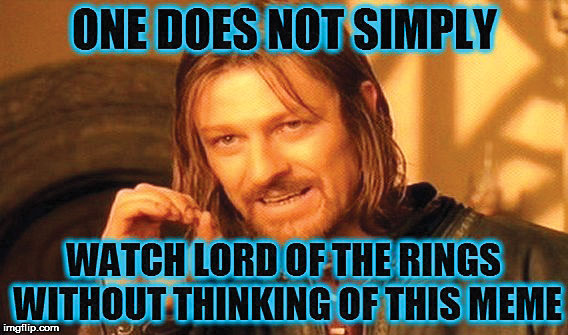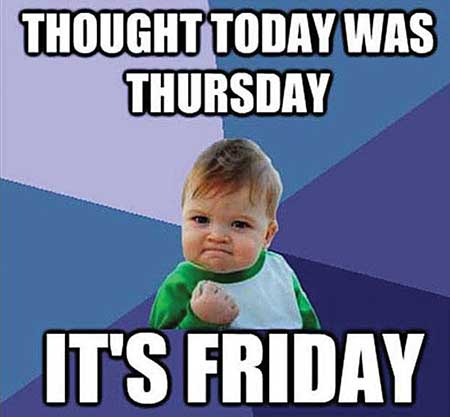December 05, 2018
How to Succeed with Meme Marketing
What are memes? In the digital age, a meme is typically a funny image or video overlaid with text that’s shared on the internet, usually with slight variations. Evolutionary biologist Richard Dawkins originally coined the term in the 1970s to refer to a cultural idea or trend that rapidly circulates, gaining widespread understanding and popularity, similar to a successful genetic trait.

"One Does Not Simply" meme
What are some examples? You’ve seen them everywhere, especially in your social media feeds. Think of “Success Kid” – the image of a baby pumping his fist and smiling tough as if he’d just gutted out a championship win. Or “One Does Not Simply…” – the meme based on fantasy character Boromir, who famously uttered the line in one of the Lord of the Rings films.
Don't Miss: Case Study: Meme Marketing
Why use memes in marketing? Clever, audience-appropriate memes can help garner a brand interest from target prospects and generate positive feelings about the brand from those potential customers. The right meme can also raise general awareness about the brand if it enjoys strong circulation.
What are some tips for using memes effectively?
1. Understand the Audience
Memes work best with younger clients and propects, especially Gen Zers and millennials. Of course, you still have to know the interests and tastes of the particular audience you’re courting. Once you do, you can share memes that already have a message that works for that group, customize text over an existing image meme, or even create your own totally original meme.
2. Know the Meaning
Be sure you understand the perceptions and associations a particular meme generates to avoid embarrassment – or worse. Some memes have ironic and/or sarcastic meanings. Don’t share them with literal intent, which can make you look silly. Meanwhile, other memes perpetuate negative, even hateful agendas. For instance, “Pepe the Frog” memes gained widespread popularity among white nationalist groups. Sharing just the image of the frog, even if it has benign or neutral text over it, could be shattering for a brand.

"Success Kid" meme
3. Be on Brand
Memes you share should be consistent with your brand image. Ensure the image/video and message represents how you want your brand to be portrayed.
4. Share Current/Trending Memes
Posting passé memes can make you appear out-of-touch.
5. Use Memes as Garnish
You can share memes as stand-alone posts on social media platforms, or pepper them into blog posts, videos, email marketing communications and even white papers. Still, don’t drown your content in them. Overdoing it can make it seem like you’re trying too hard.
The "I Don’t Always..." Meme
Beer brand Dos Equis struck marketing pay dirt with its “Most Interesting Man in the World” campaign a few years back. So popular was the character that he became one of the most viral, widely circulated online memes to date. The meme, of course, was themed around the character’s tagline of “I don’t always drink beer, but when I do, I prefer Dos Equis.” Internet users around the world riffed off the concept in their memes, using the character’s image with sundry customized text built on the basis of “I don’t always do X, but when I do, I...” fill in the blank.
